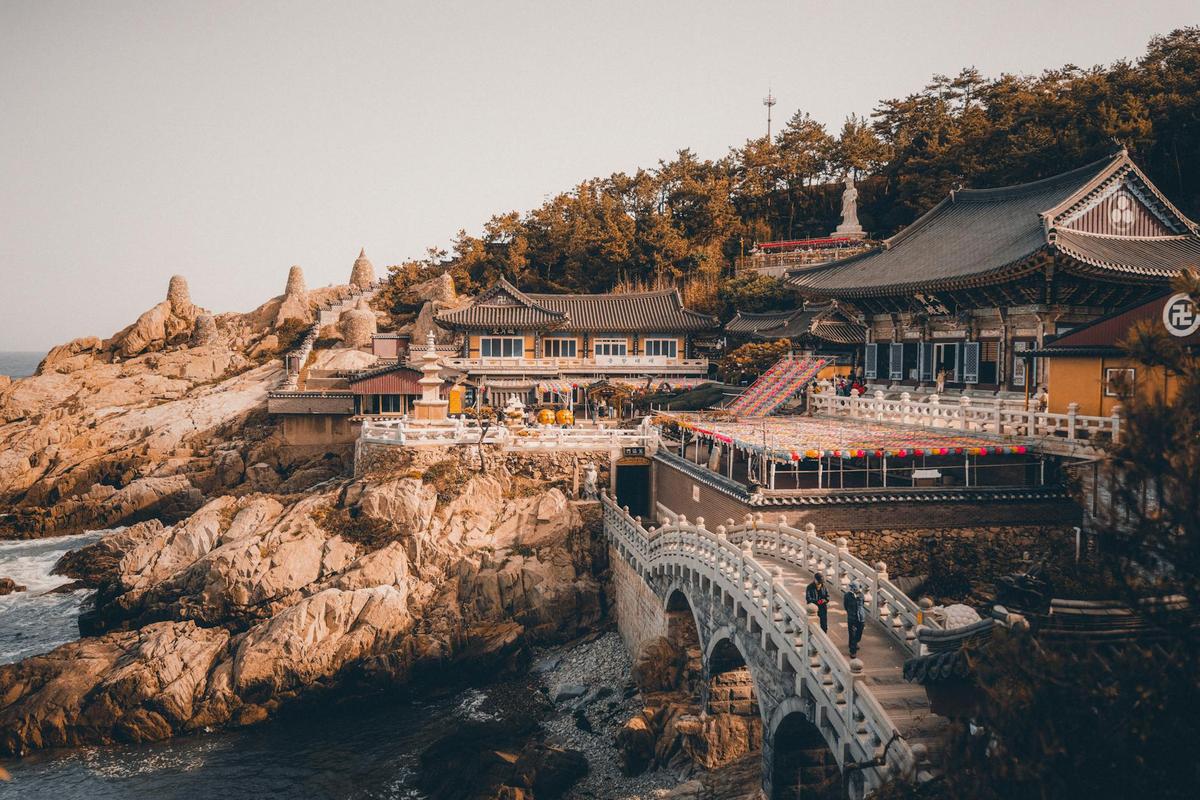
Understanding World Religions: Sacred Sites and Practices
Exploring the rich tapestry of world religions offers a glimpse into diverse spiritual landscapes and sacred sites that have shaped cultures across the globe. Understanding these sacred places and practices provides invaluable insights into the heart of human spirituality, transcending boundaries and connecting us through shared experiences.
The Significance of Sacred Sites
Sacred sites hold immense spiritual and cultural importance for followers of various religions. These locations often serve as focal points for religious practices and pilgrimages. According to the Pew Research Center, over 84% of the global population identifies with a religious group, underscoring the widespread influence of these sacred places.
Renowned Sacred Sites Around the World
| Religion | Sacred Site | Location | Significance |
|---|---|---|---|
| Christianity | Vatican City | Rome, Italy | Home of the Pope and St. Peter’s Basilica |
| Islam | Mecca | Saudi Arabia | Site of the Hajj pilgrimage |
| Hinduism | Varanasi | India | Considered the spiritual capital of India |
| Buddhism | Bodh Gaya | India | The place of Buddha’s enlightenment |
| Judaism | Western Wall | Jerusalem, Israel | Remnant of the Second Temple |
| Sikhism | Golden Temple | Amritsar, India | The holiest site in Sikhism |
| Shinto | Itsukushima Shrine | Japan | Known for its floating torii gate |
| Indigenous | Uluru | Australia | Central to Aboriginal culture and spirituality |
Practices and Rituals
Religious practices vary widely, but they often share common themes of devotion, meditation, and community. For instance, during the Islamic month of Ramadan, Muslims worldwide fast from dawn to dusk, fostering a sense of unity and spiritual reflection. Similarly, the Hindu festival of Diwali celebrates the triumph of light over darkness, symbolizing inner enlightenment.
“Religious practices provide a framework for individuals to connect with their spirituality and community,” explains Dr. Karen Armstrong, a noted author on comparative religion.
Personal Anecdotes and Experiences
Experiencing a sacred site firsthand can be transformative. One traveler shared her journey to the Western Wall in Jerusalem, where she felt a profound connection to history and spirituality, witnessing pilgrims from around the world uniting in prayer.
Actionable Tips for Visiting Sacred Sites
- Research the cultural and religious significance of the site before visiting.
- Respect local customs and dress codes.
- Engage with local guides to gain deeper insights.
- Be mindful of photography restrictions.
Conclusion
Understanding world religions through their sacred sites and practices offers a window into the diverse spiritual experiences that shape our world. By approaching these sites with respect and curiosity, travelers can foster a deeper appreciation for the rich cultural heritage and spiritual traditions that unite us all.
Frequently Asked Questions
What is the significance of sacred sites?
Sacred sites are locations that hold spiritual importance for followers of a particular religion, often serving as centers for worship, pilgrimage, and religious ceremonies.
Can anyone visit sacred sites?
While many sacred sites are open to visitors, it’s important to respect local customs and dress codes, and to be mindful of any restrictions in place.
How can I learn more about a sacred site before visiting?
Research online resources, guidebooks, and local tourism websites to understand the cultural and religious significance of the site.
What are some famous sacred sites around the world?
Renowned sacred sites include the Vatican City in Rome, Mecca in Saudi Arabia, Varanasi in India, and the Western Wall in Jerusalem, among others.
Is it appropriate to take photos at sacred sites?
Photography policies vary by location; always check for signs or ask for permission before taking photos.


